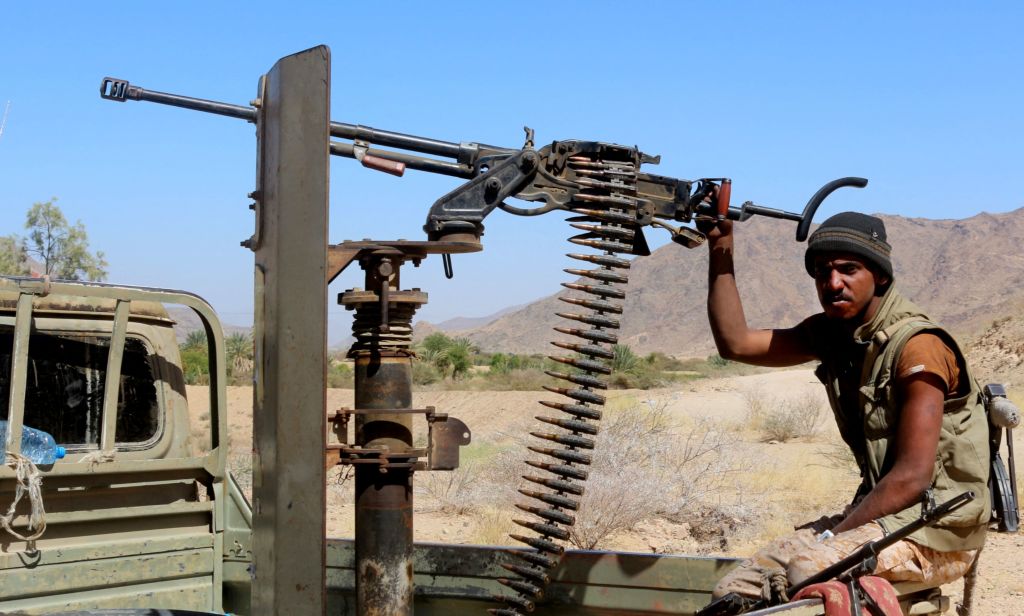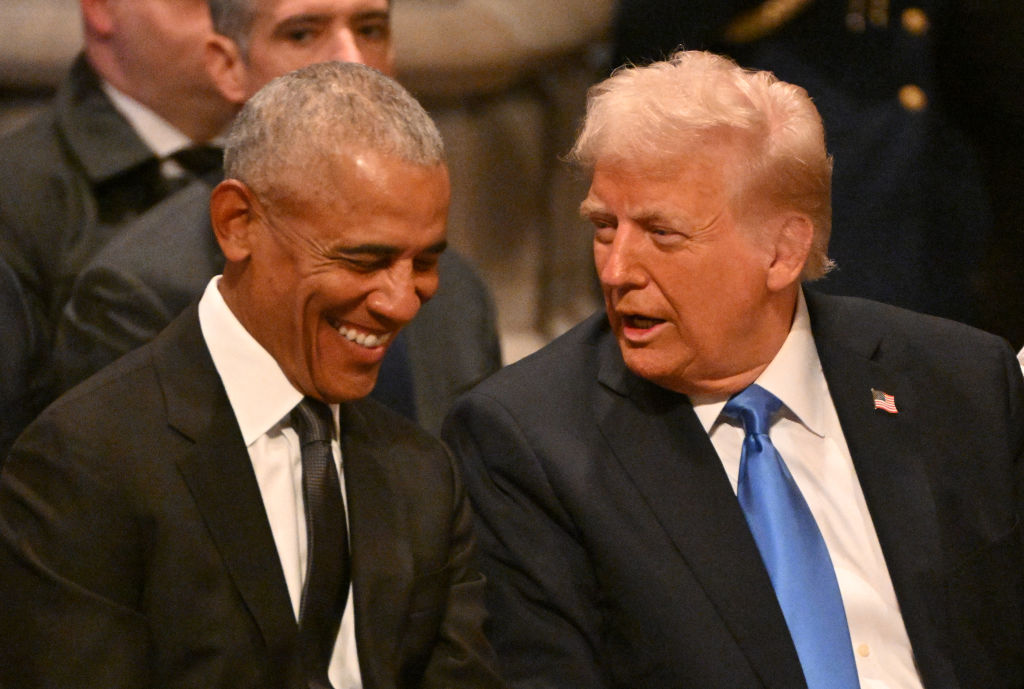Millions of innocent civilians uprooted from their homes. Residential areas turned into dust, rubble and wire. Thousands of people killed in errant airstrikes. Store shelves emptied of basic staples. A humanitarian crisis dominating the everyday lives of a large swath of the population, who just want to escape the shelling and the fighting. This is the scene the world now equates with Ukraine, which has been subjected to a barbaric war of choice courtesy of Russian president Vladimir Putin.
Yet for one poverty-stricken nation more than 2,400 miles to the south, this has been the grim reality for years. That nation, Yemen, is less a unitary state than a collection of competing fiefdoms, where the front lines are largely static, the combatants constantly jockey for position and civilians are frequently the first to suffer the brunt of conflict.
No two wars are identical, but the conflicts enveloping Ukraine and Yemen have one blaring similarity: the laws of war are largely immaterial to those doing the fighting.
In Ukraine, a frustrated Russian military is increasingly lobbing an ever larger number of explosives into residential areas to stamp out armed Ukrainian resistance and compel a surrender. Whether the missiles, bombs and artillery shells hitting the Ukrainian cities of Kyiv, Kharkiv, Mariupol or Sumy are due to imprecise fire or deliberate targeting, the result is the same.
You can be forgiven for staring at pictures of central Mariupol today and assuming they were shots of Dresden in 1945 after bombardment by the Allies. The scale of the destruction in Ukraine after nearly a month of warfare is beyond what many people would have predicted. Thousands of civilians have died, more than three million Ukrainians have left the country and millions more find themselves internally displaced.
No target is off limits to the Russian offensive; Save the Children estimates that 450 schools and dozens of hospitals have been damaged. War in Ukraine has leveled $100 billion worth of infrastructure.
The civil-turned-proxy war in Yemen, which will soon enter its eighth year, is perhaps even more devastating from a humanitarian perspective. Yemen was already the poorest nation in the Arab world, but the conflict has transformed it into what the UN has long regarded as the world’s worst humanitarian catastrophe.
Nearly 250,000 Yemenis have died since 2015, either as a direct result of the conflict or the hunger and disease associated with it. Saudi Arabia and the United Arab Emirates, seeking to kick the Houthis out of the Yemeni capital, have conducted around 24,000 air raids throughout the country since they became involved in March 2015, at least 30 percent of which have been aimed at non-military targets.
Those non-military targets include everything from healthcare facilities (half of them are no longer functioning) and detention centers to private homes and ports — many using US-made munitions. To say that war crimes have been committed by all sides would be an understatement.
There is, however, one big difference between the wars in Ukraine and Yemen: the US response.
In Ukraine, the Biden administration has led a highly coordinated and effective campaign to penalize Russia for its aggression. Washington has shipped $1 billion in military equipment to the Ukrainian military in a single week, the latest an $800 million package complete with 800 anti-aircraft missiles, 20 million rounds of ammunition, 3,000 anti-tank weapons, and drones. The US, Europe and Canada have closed their airspace to Russian aircraft. The US and EU have blocked Russia from accessing as much as half of their $630 billion in foreign reserves, forcing Moscow to raise interest rates and find other ways to ensure banks don’t run out of cash. Russia’s economy could contract by 15 percent.
In contrast, the US response to the war in Yemen has been quiet and tepid. To his credit, President Biden ceased all delivery of offensive US weapons to Riyadh early in his tenure, recognizing that selling the Saudis tens of billions of dollars in US weapons at best enabled Crown Prince Mohammed bin Salman’s worst instincts.
But Washington is still providing Riyadh with a significant amount of diplomatic protection, not to mention arms of a different sort. Whereas Biden blasted Vladimir Putin as a war criminal, he sought a phone-call with Prince Mohammed (which the arrogant prince denied). There is no talk of US-supported war crimes investigations in Yemen as there is in Ukraine, and you can forget about the US banning the import of Saudi oil or freezing the kingdom’s foreign assets in US banks.
Now, I’m not naive. It would be the height of folly for the US to craft a one-size-fits-all foreign policy. Whether the US shares a good, bad or indifferent relationship with a particular country depends in large measure on whether national interests between the US and that specific country align. For Washington, Saudi Arabia is at best a partner on some very narrow issues — and given how counterproductive Riyadh’s foreign policy has been since Prince Mohammed was promoted to crown prince by his ailing father, “partner” may be too charitable a word.
Even so, you can’t overlook the blaringly obvious — the US is not particularly great at being consistent. For Saudi Arabia, that serves the kingdom’s interests just fine.

























